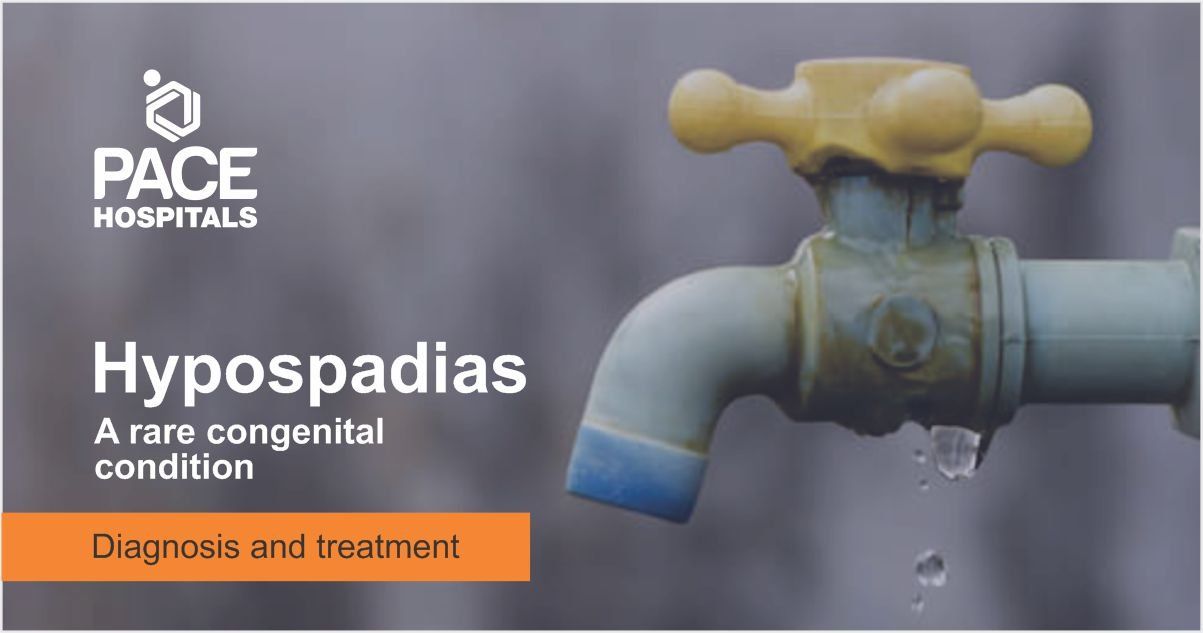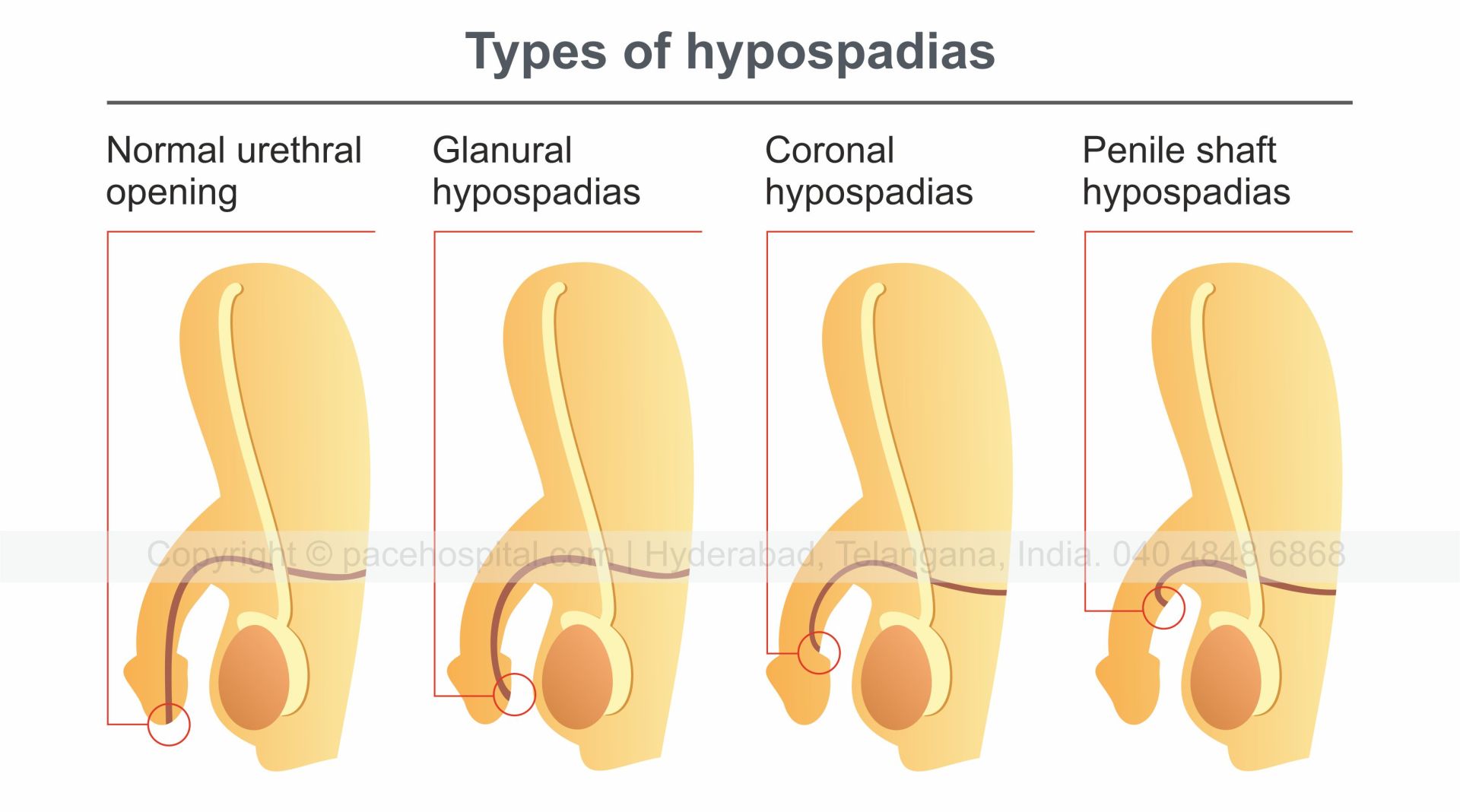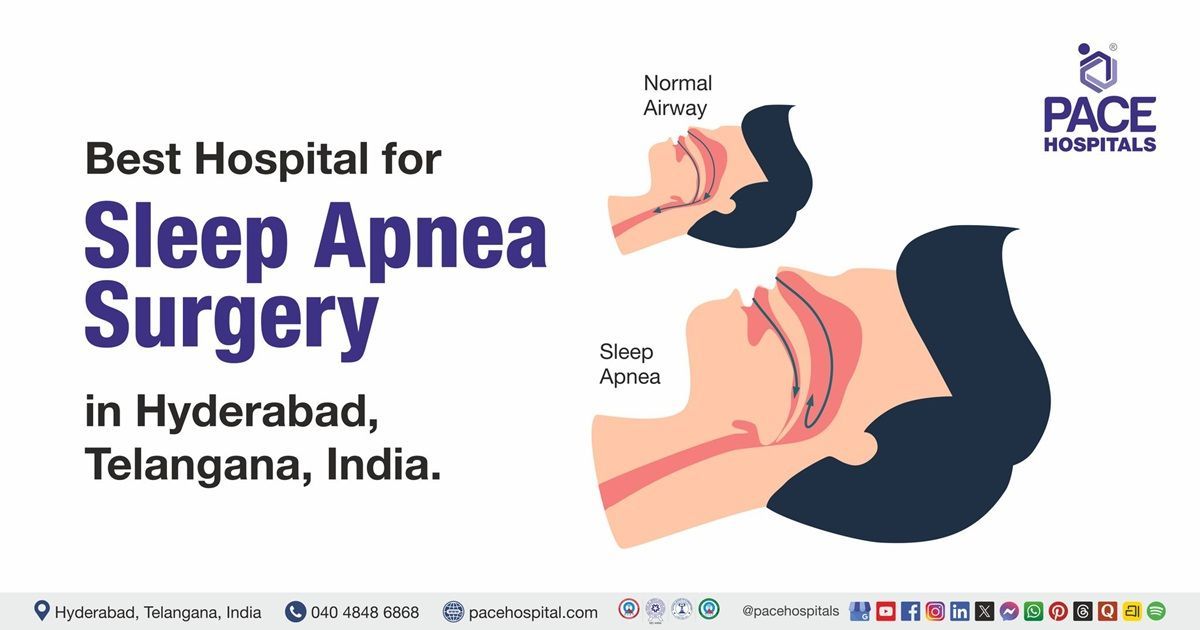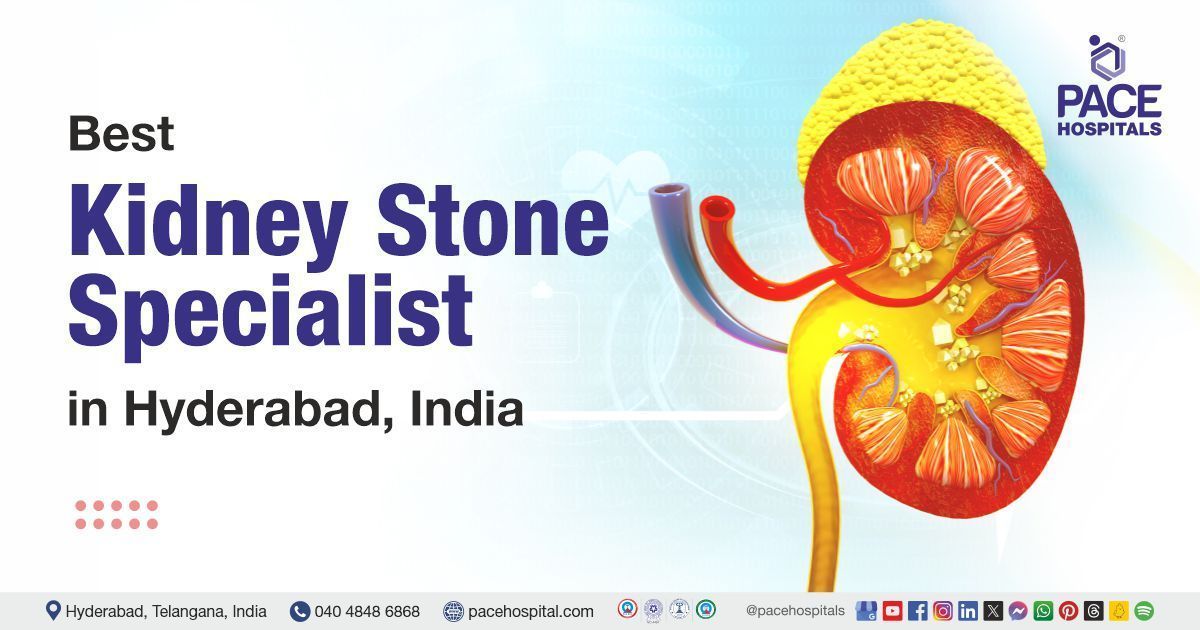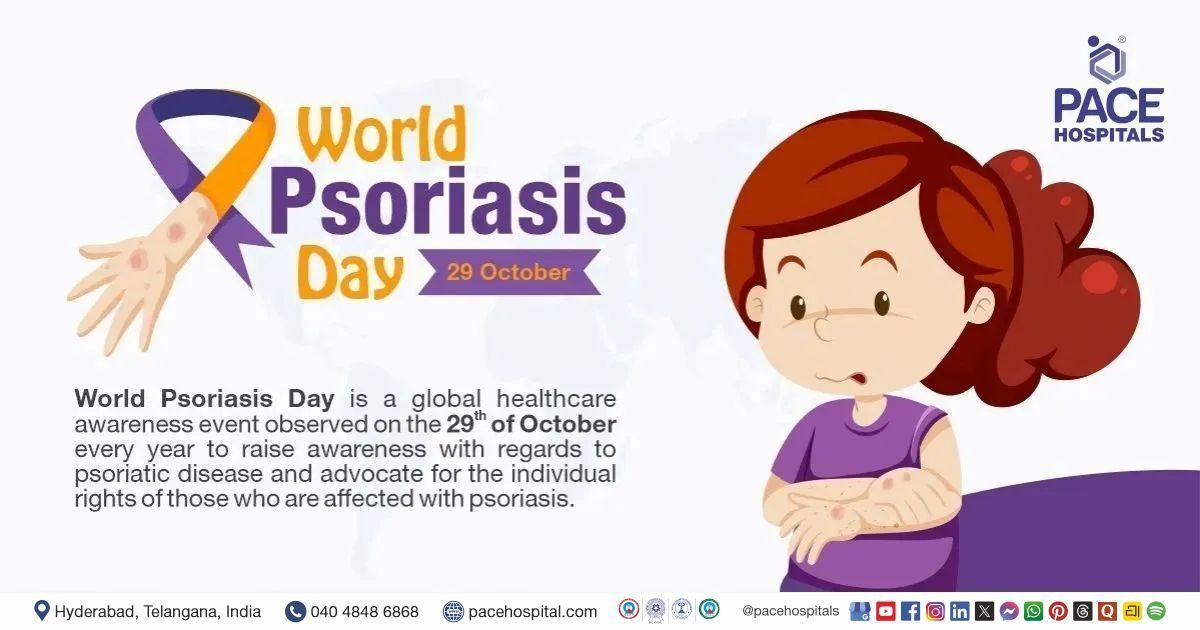Hypospadias a rare congenital condition: Diagnosis and Treatment
Pace Hospitals
Hypospadias is rare congenital condition is more common in infants with a family history of hypospadias. The penis may curve down in an infant and the baby may spray while urinating.
Hypospadias is a birth defect in a male in which the opening of the urethra (The urethra is the tube through which urine drains from your bladder and exits your body) is on the underside of the penis rather than the tip.
What are the Symptoms?
- Physical deformity of penis
- Abnormal urinary stream
- Sexual dysfunction
Hypospadias is most often noticed at birth. Not only is the urethra opening in the wrong place, but the foreskin is often not completely formed on its underside.
8 out of 100 boys suffer with Hypospadias.
What is treatment option available?
Hypospadias is fixed with surgery. Hypospadias reconstruction began in the 1980s, only a handful of techniques have been used by experienced urologists.
The goal of any type of hypospadias surgery is to make a normal, straight penis with a urinary channel that ends at or near the tip. The operation mostly involves these four steps:
- Straightening the shaft
- Making the urinary channel
- Positioning the meatus in the head of the penis
- Circumcising or reconstructing the foreskin
Hypospadias repair is often done in a 90-minute (for distal) to 3-hour (for proximal) same-day surgery. In some cases the repair is done in stages. These are often proximal cases with severe chordee. The urologist often wants to straighten the penis before making the urinary channel.
Hypospadias can be fixed in children of any age and even in adults. If the penis is small, we may suggest testosterone (male hormone) treatment before surgery. A successful repair should last a lifetime. It will also be able to adjust as the penis grows at puberty.
What happens after surgery?
Modern hypospadias surgery results in a penis that works well and looks normal (or nearly normal). Many experts leave a small tube ("catheter") in the penis for a few days after surgery to keep urine from touching the fresh repair. The catheter drains into the diaper. Antibiotics are often given while the catheter is in place.
Younger boys seem to have less discomfort after repair. When the surgery is done at 6 to 12 months of age, as most urologists recommend, the child doesn't even remember it. Older boys handle this surgery well, also, especially with the types of drugs we now have to treat pain. In some cases, medication may be needed to treat bladder spasms.
How long will it to recover fully?
Wound healing from hypospadias repair may take many months for it to heal fully. There may be swelling and bruising early on. This gets better over a few weeks. Sometimes the skin of the penis heals with what seems like an unsightly ruffle. There may also be more obvious complications. Any recommendations for more surgery won't be made for at least 6 months, to let the tissues heal. Many slight imperfections will also resolve during this time.

